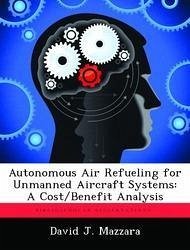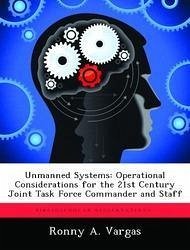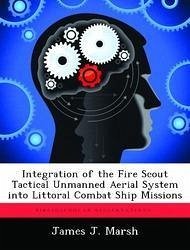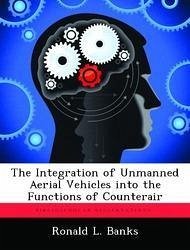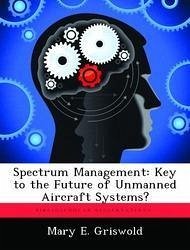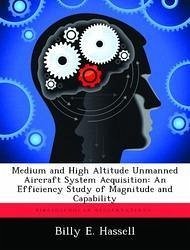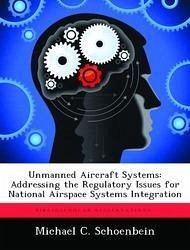
Unmanned Aircraft Systems: Addressing the Regulatory Issues for National Airspace Systems Integration
Versandkostenfrei!
Versandfertig in über 4 Wochen
52,99 €
inkl. MwSt.

PAYBACK Punkte
26 °P sammeln!
Routine UAS access to the NAS poses a variety of technological, regulatory, workload, and coordination challenges. This paper will focus on the ongoing effort in the United States (U.S.) to draft and implement regulatory guidance to integrate safe, routine, and efficient UAS operations in the NAS. The current Code of Federal Regulations governing unmanned aircraft operations does not adequately address the operation of this new type of aircraft. Specifically, the Federal Aviation Administration (FAA) does not allow unrestricted UAS operations in all classifications of airspace. A lack of regul...
Routine UAS access to the NAS poses a variety of technological, regulatory, workload, and coordination challenges. This paper will focus on the ongoing effort in the United States (U.S.) to draft and implement regulatory guidance to integrate safe, routine, and efficient UAS operations in the NAS. The current Code of Federal Regulations governing unmanned aircraft operations does not adequately address the operation of this new type of aircraft. Specifically, the Federal Aviation Administration (FAA) does not allow unrestricted UAS operations in all classifications of airspace. A lack of regulatory guidance for UASs limits their operations and leads to a lack of airspace for UAS testing and evaluation. Evolving technological advancements and increased military and civilian demand have proven the need to fully integrate and capture all the regulatory requirements for UAS's to meet their full potential. The end goal is to have UASs operating in the NAS transparently. Thus, UASs must be able to function seamlessly in the current air traffic system with other general, civilian, and military aircraft and comply with all the regulatory requirements that manned aircraft must meet. A detailed assessment of the current FAA regulatory guidance was performed with the intent to examine their applicability to UAS operations.






